Curious to see how our employees experienced Remote Week this year? Check out Part 1 here!
Here at Bynder, we love to preach the power of the cloud and digital connectivity. That’s why Remote Week served as a great experiment of sorts to see just how flexible and connected we really are as a global team.
That way, we can assess the strengths and potential weaknesses in how we collaborate together, including the effectiveness of our ever-evolving tech stack.
After running a company-wide experiment and survey, a few key takeaways emerged that pointed to what we can do to improve our own remote work experience. It’s more than just telling your employees to work from home—there needs to be structure in place for them to do so and employees should feel encouraged, not afraid, to utilize the benefits offered to them.
Below, we share our learnings after asking our employees how they felt about Remote Week. Did they love it, or hate it? Did they feel like they had the resources to work effectively?
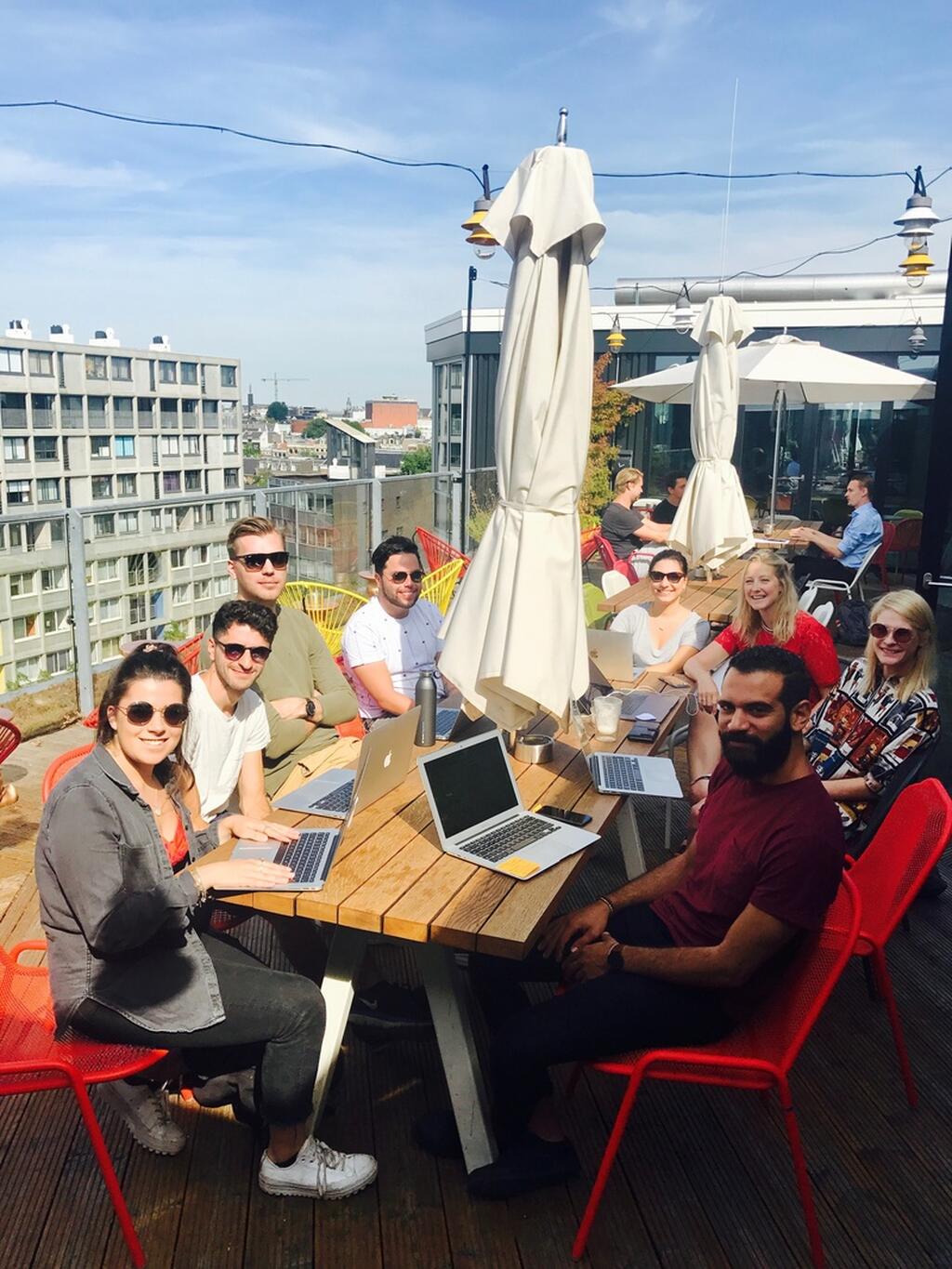
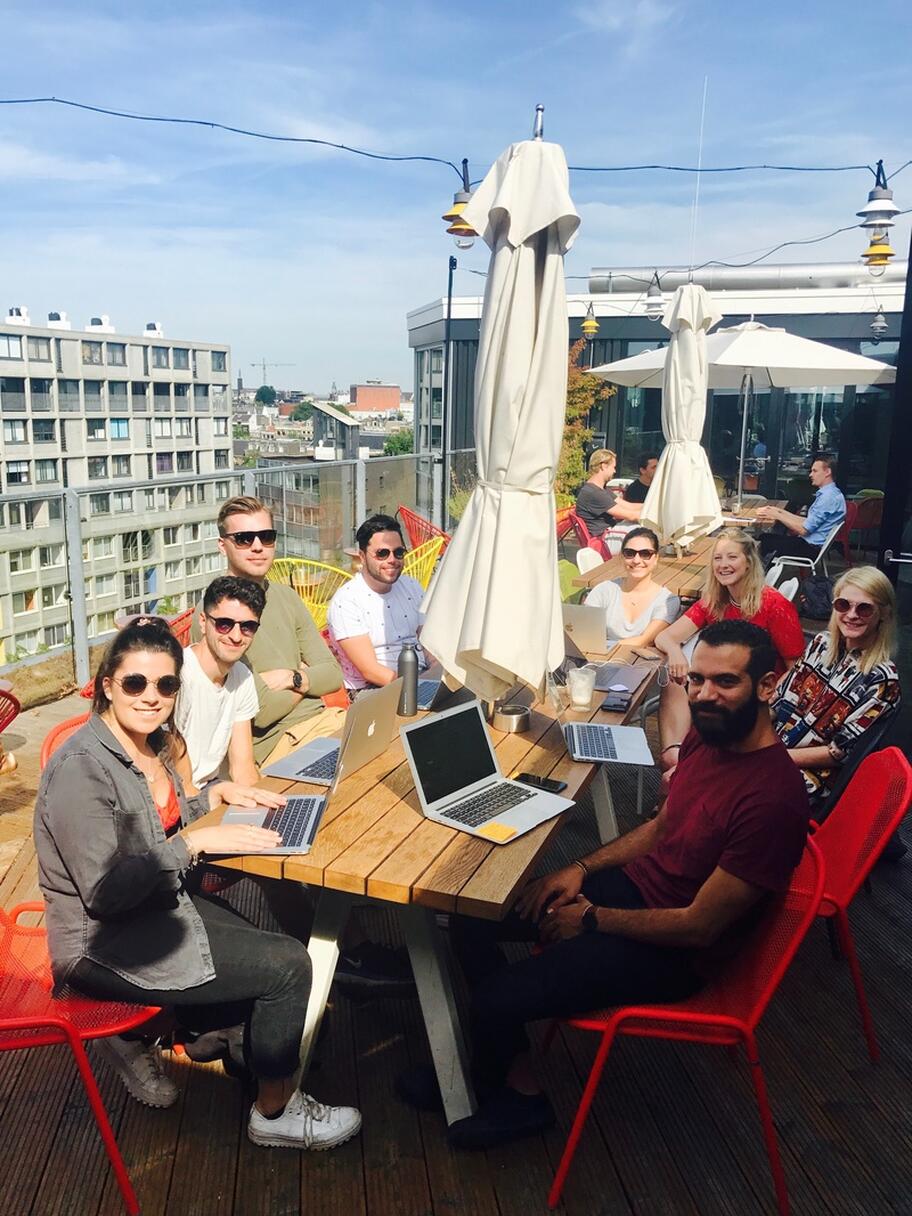
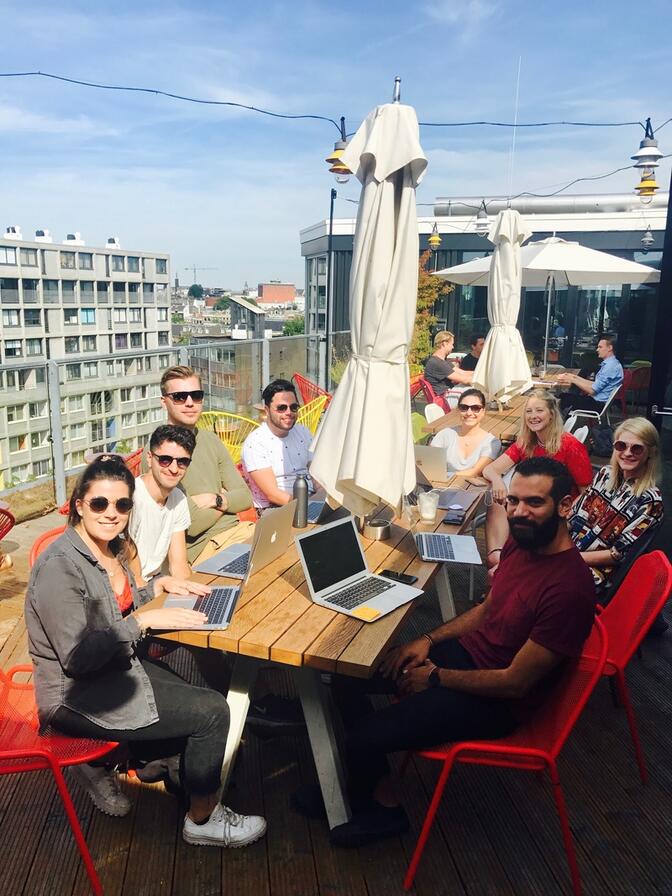
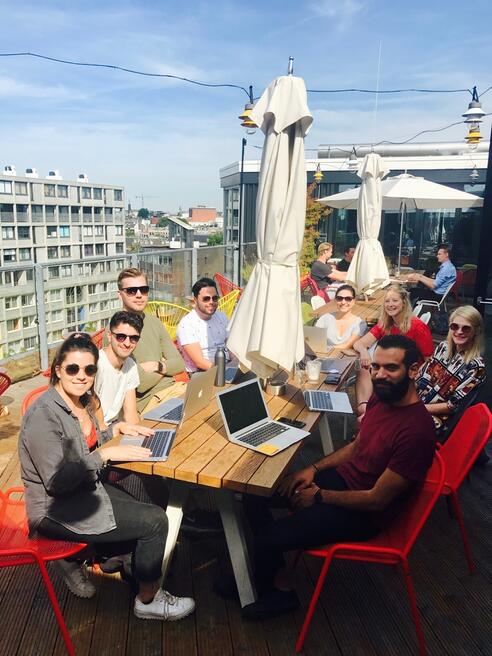
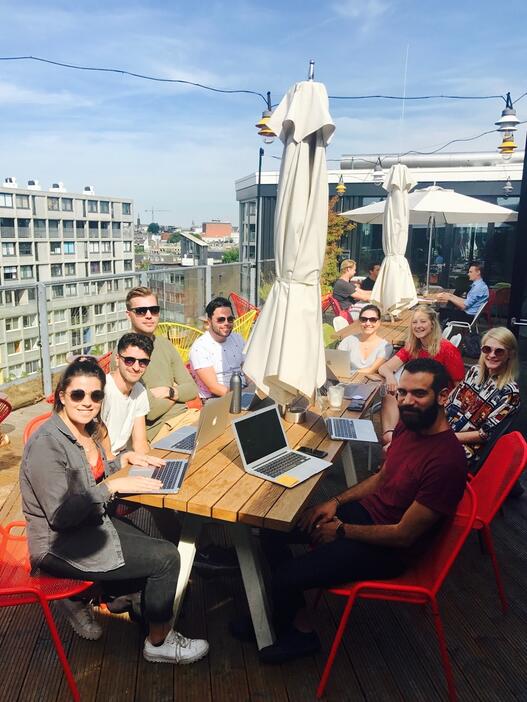
Employees felt happier; others more productive
While 70% of our employees felt happy and relaxed when working from home during Remote Week, only 39% felt more productive and focused. 43% reported no change.
Those that felt more productive mentioned the quiet of their home and the flexibility to get tasks done as major benefits that allowed them to tackle tasks that were difficult to accomplish when in the office. For some, the office was great for collaborative tasks, but too noisy or distracting for work that required more focus.
It’s understandable that inspiration doesn’t always strike a chord when you’re sitting at the same desk day in, day out. Sometimes, you need to take a walk or just a change of scenery to ignite that creative spark and get your best work done.
So feel free to go to the lake or the park or the coffee shop down the street—we want our employees to take control and work from an environment that works best for them.Shock-horror: Commuting is not fun
Let’s face it, commuting can be rough. When asked about their favorite remote work benefits, an overwhelming number said the ability to save time AND money from commuting was at the top. The hours saved could be used to spend time catching up on work, enjoying a personal hobby, or spending time with family and friends.
Take our employees in Boston for example, who suffer from some of the longest commute times in the country. On average, a Bostonian spends 30.6 minutes a day commuting one way and the average driver spends an astounding 60 hours in traffic congestion per year. The commute shouldn’t be an anchor on your work day and hinder productivity—it should be time to mentally prepare or debrief from the day.
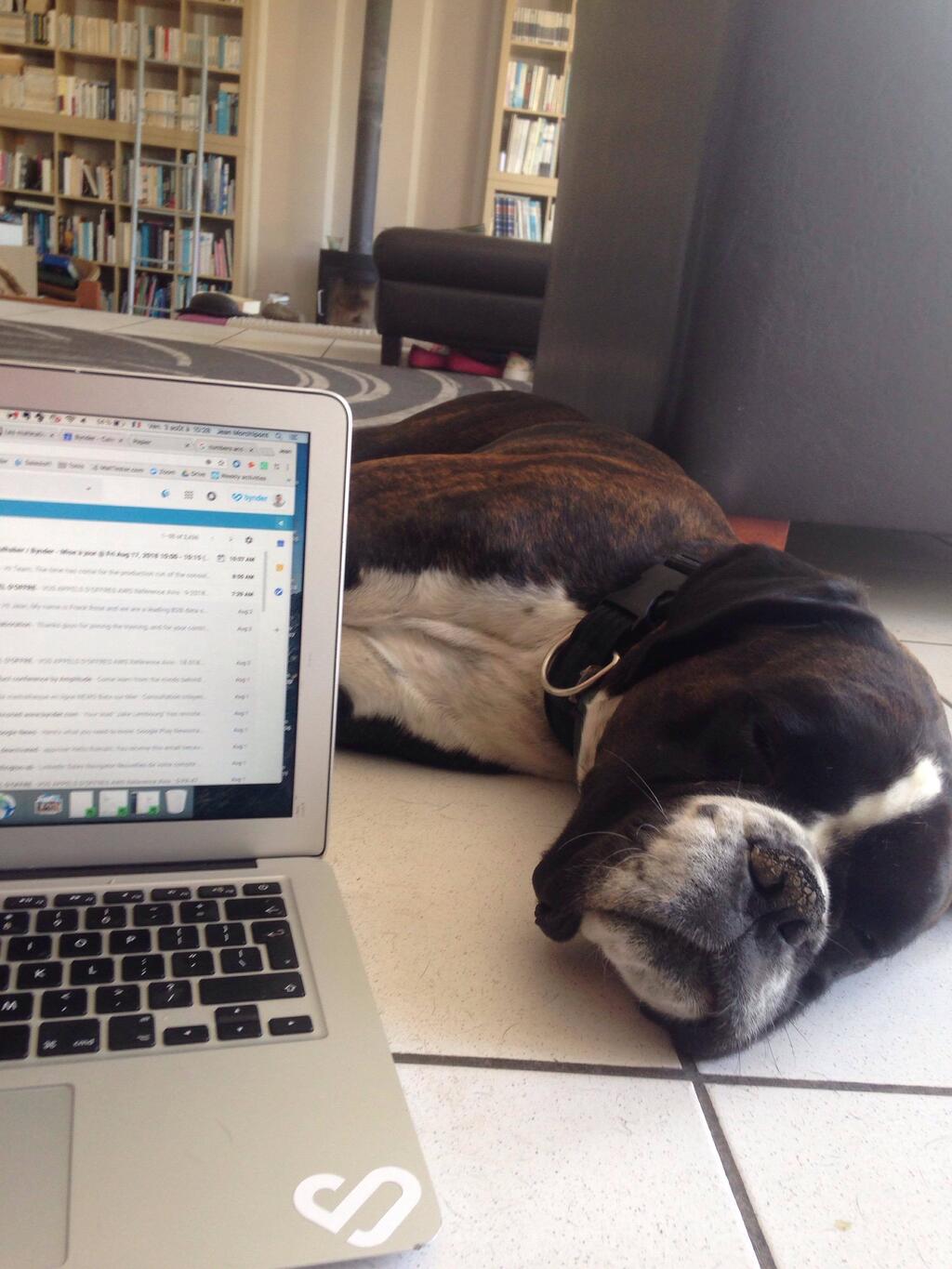
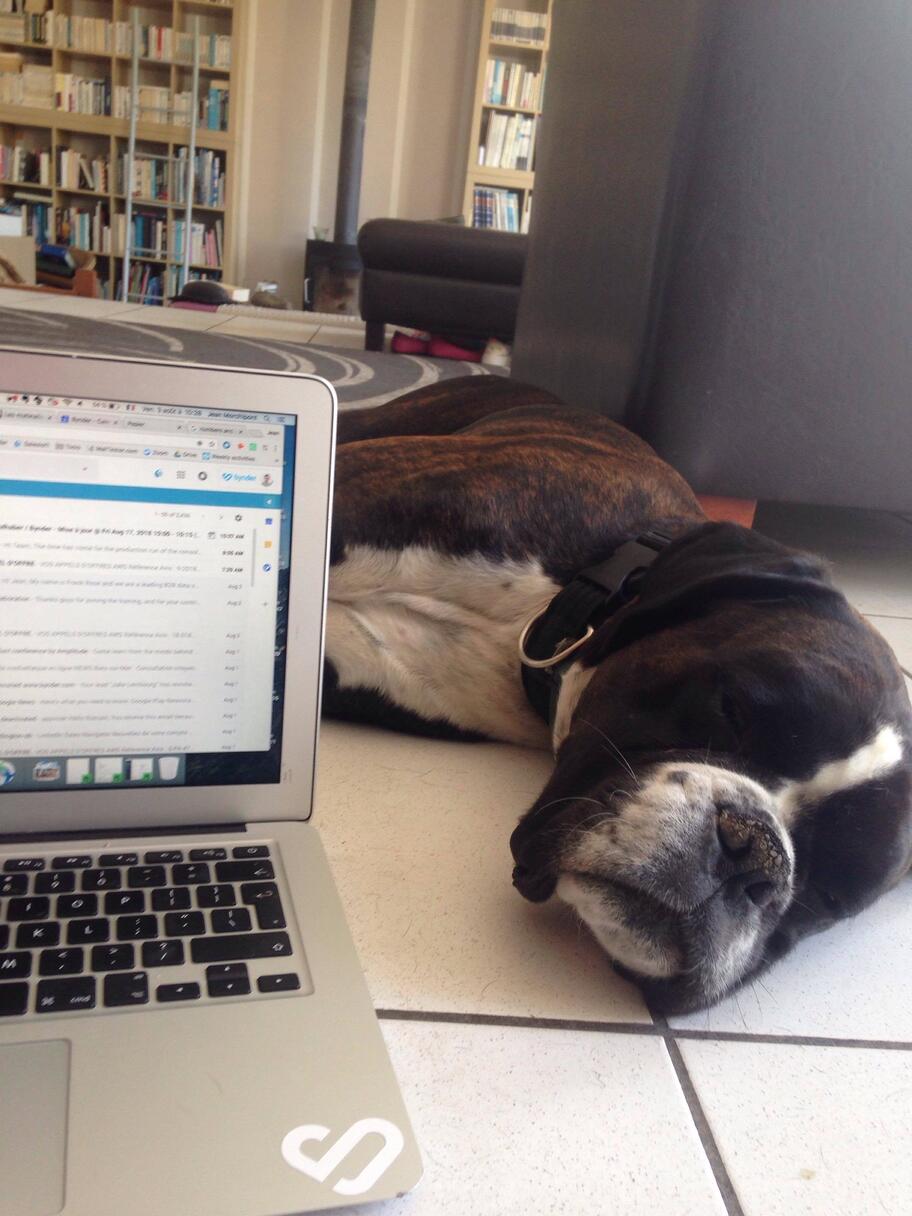
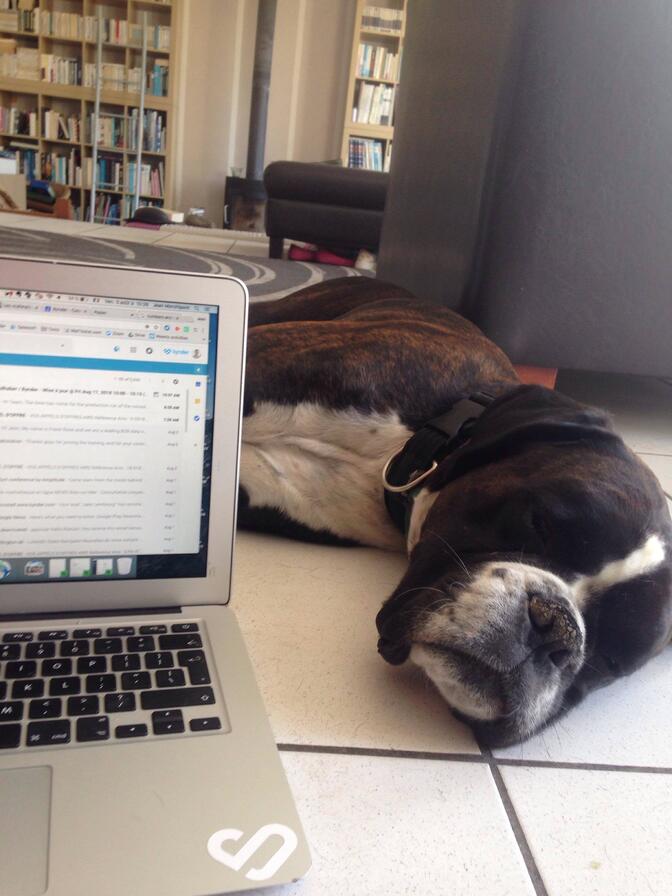
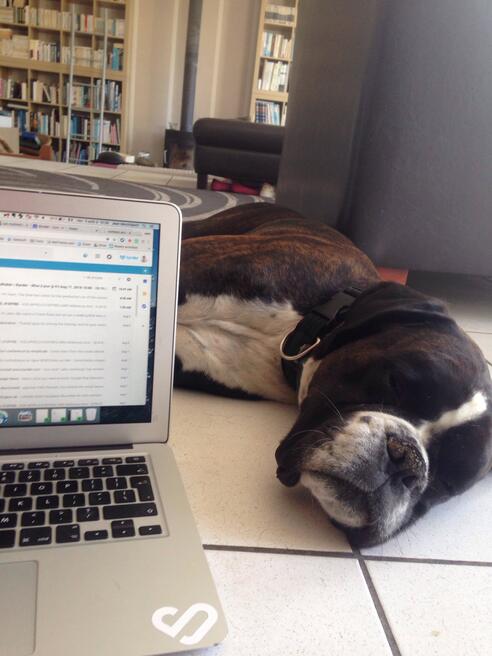
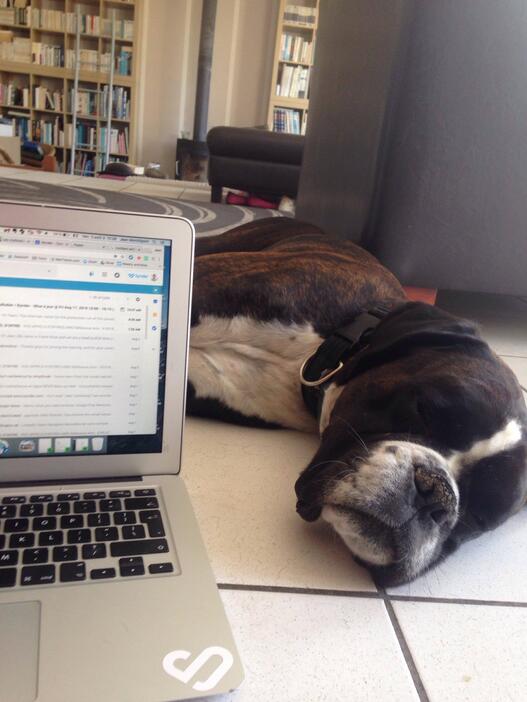
Shock-horror: Commuting is not fun
Let’s face it, commuting can be rough. When asked about their favorite remote work benefits, an overwhelming number said the ability to save time AND money from commuting was at the top. The hours saved could be used to spend time catching up on work, enjoying a personal hobby, or spending time with family and friends.
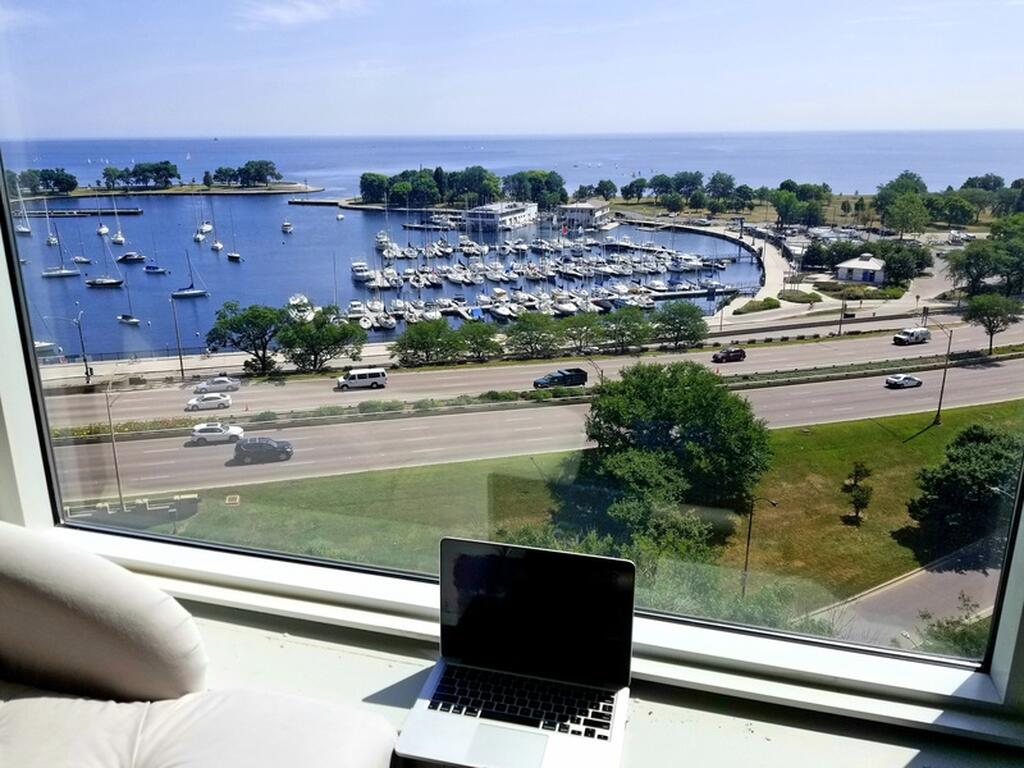
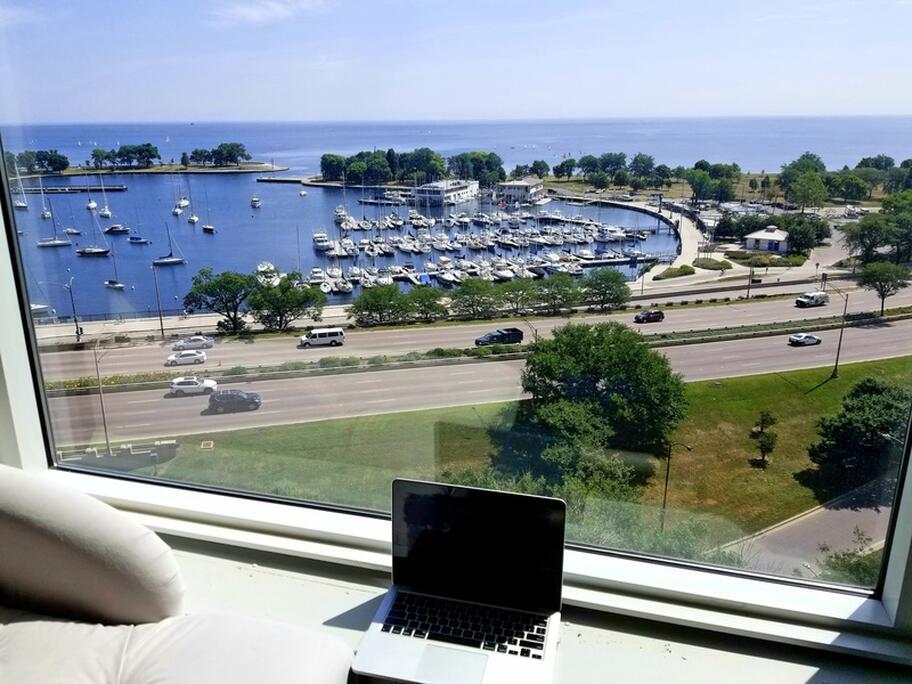
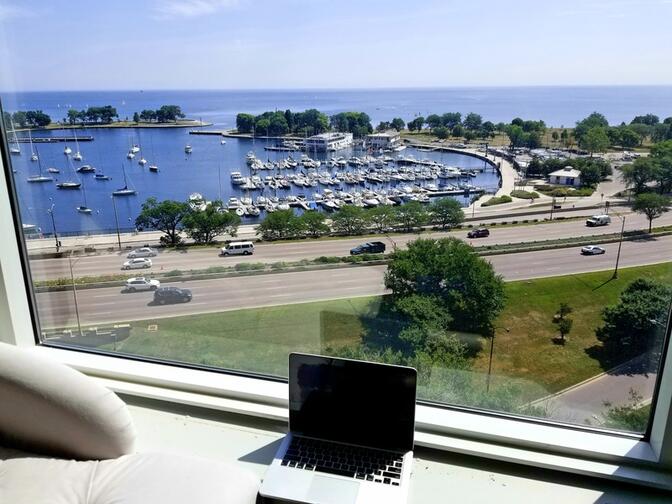
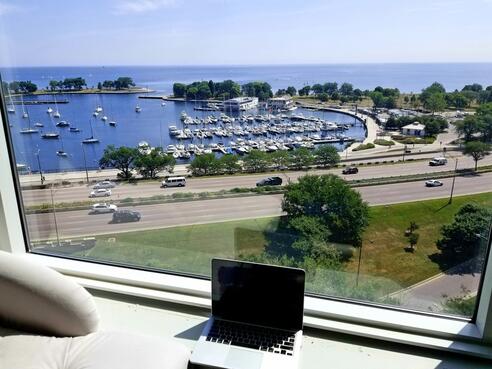
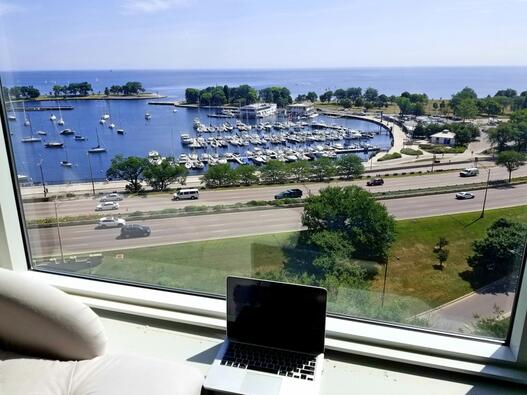
Communication is key
A sizeable number of employees felt the key to building trust with team members was, unsurprisingly, to communicate and be readily available. As one Byndie put it, “Communicate. Overcommunicate. People can choose what they take away and it's better they have too much information than not enough.”
When asked what tools were most useful for this, 88.5% said Zoom, Google Hangouts, and Slack enabled effective real-time communication. Bynder employees felt daily virtual meetups and regular check-ins were essential, serving as an alternative for the invaluable face time that usually occurs in the office every day.
A good number of employees stressed the value of face-to-face communication, and felt that at the end of the day, no tools can substitute actually being in a room with someone. In fact, during Remote Week, 54% of Bynder employees actually met with colleagues in person, and 11.5% even met with clients.





Anticipate needs
In the end, we know that a full week of working remotely isn’t for everyone, but hey, that’s the point of offering flexible benefits. It’s all about anticipating the needs of employees and recognizing that what works for one person won’t always work for another.
Ultimately, some employees thrive in an office environment, while others prefer the peace and quiet of their own home to get certain tasks done. With 53% of Bynder employees never working remotely on a regular schedule, Remote Week either upended their workflow and pushed them out of their comfort zone, or allowed them to evaluate the way they work.
So, is our workplace as future-proof as we like to think it is? Does our tech stack up and support evolving needs? At Bynder, we’re proud to be a part of building that future. Nobody has cracked the code to working remotely quite yet, but we’re getting there.
A full week of Remote work can be intense, so we encouraged other forward-thinking companies and people to join us for just one day—Global Work Remote Day, held on the last Friday of Remote Week.
Thanks to our friends from WeWork, Impraise, Fixico, Happeo, Webdam, FCNB, TYPO3, Instant Magazine, Inloopx, TQ, and everyone else, for taking part in our Global Remote Day…see you next year, wherever you may be!





